Chicago is no stranger to heatwaves, but as climate change accelerates, extreme heat events are becoming more frequent, longer-lasting, and more dangerous. While everyone feels the effects of rising temperatures, certain communities face far greater risks. The elderly, low-income households, people with chronic health conditions, and those without access to air conditioning or safe housing are among the most vulnerable.
As the city grapples with this growing threat, a combination of government initiatives, community organizations, and local advocates are working to protect those at greatest risk. But is it enough? Let’s explore how heatwaves are affecting vulnerable Chicagoans—and what’s being done to help.
The Danger of Heatwaves in Chicago
Heatwaves are often referred to as “silent killers” because their deadly impact isn’t always visible. Unlike storms or floods, extreme heat creeps in quietly, overwhelming the body’s ability to cool itself. In Chicago’s densely built neighborhoods, the urban heat island effect amplifies the danger. Asphalt, concrete, and buildings trap heat, pushing local temperatures several degrees higher than surrounding rural areas.
During extreme heat, those without access to air conditioning or cooling centers face life-threatening risks such as heat exhaustion, heat stroke, dehydration, and worsening of existing health conditions like heart disease or asthma. The tragic 1995 Chicago heatwave, which claimed more than 700 lives, remains a stark reminder of what can happen when vulnerable populations are left unprotected.
Who Is Most at Risk?
- Seniors living alone — Older adults are more susceptible to heat-related illnesses and may not recognize the early warning signs of overheating.
- Low-income households — Many families cannot afford air conditioning or higher utility bills, forcing them to endure dangerous indoor temperatures.
- People with disabilities or chronic illnesses — Health conditions that affect mobility, heart, or lung function increase the risks during heatwaves.
- Communities of color — Historically underserved neighborhoods often lack green spaces and cooling infrastructure, intensifying heat exposure.
What Chicago Is Doing to Help
Cooling Centers and Emergency Response
The city operates cooling centers across Chicago during periods of extreme heat. Libraries, senior centers, and park district facilities open their doors to provide safe, air-conditioned spaces for those who need relief. The Chicago Office of Emergency Management and Communications (OEMC) monitors heat events and activates emergency protocols when necessary.
Neighborhood Check-In Programs
Some community organizations and city departments partner to implement wellness check programs. Volunteers and city workers reach out to at-risk residents, especially seniors, encouraging them to visit cooling centers or providing support to help them stay safe at home.
Expanding Green Infrastructure
As part of its Climate Action Plan, Chicago is investing in green roofs, urban tree planting, and reflective surfaces to reduce urban heat islands. These efforts aim to lower neighborhood temperatures and provide long-term protection against rising heat.
Assistance for Energy Costs
Programs like LIHEAP (Low Income Home Energy Assistance Program) offer support to households struggling to pay cooling costs, helping ensure that more families can safely run air conditioning during heat emergencies.
Challenges That Remain
Despite these efforts, gaps still exist:
- Not all residents are aware of or able to reach cooling centers.
- Some neighborhoods lack adequate green infrastructure to combat urban heat.
- Barriers such as mobility issues, language, or mistrust of public agencies can prevent vulnerable individuals from seeking help.
Advocates argue that stronger community outreach, more localized cooling solutions, and greater investment in housing upgrades (like better insulation and affordable AC units) are critical to fully protecting vulnerable populations.
What Can You Do?
- Check on neighbors — Especially during heatwaves, reach out to elderly or vulnerable individuals in your building or neighborhood.
- Share resources — Spread the word about cooling centers and assistance programs.
- Support urban greening efforts — Volunteer or donate to local tree-planting initiatives or green roof projects.
- Advocate for stronger climate policies — Encourage city leaders to prioritize heat resilience in urban planning.
As Chicago faces hotter summers and more extreme heat events, protecting vulnerable communities is both a moral obligation and a public health necessity. While progress is being made, continued investment, innovation, and community action are needed to ensure that no one is left behind during the next heatwave.


